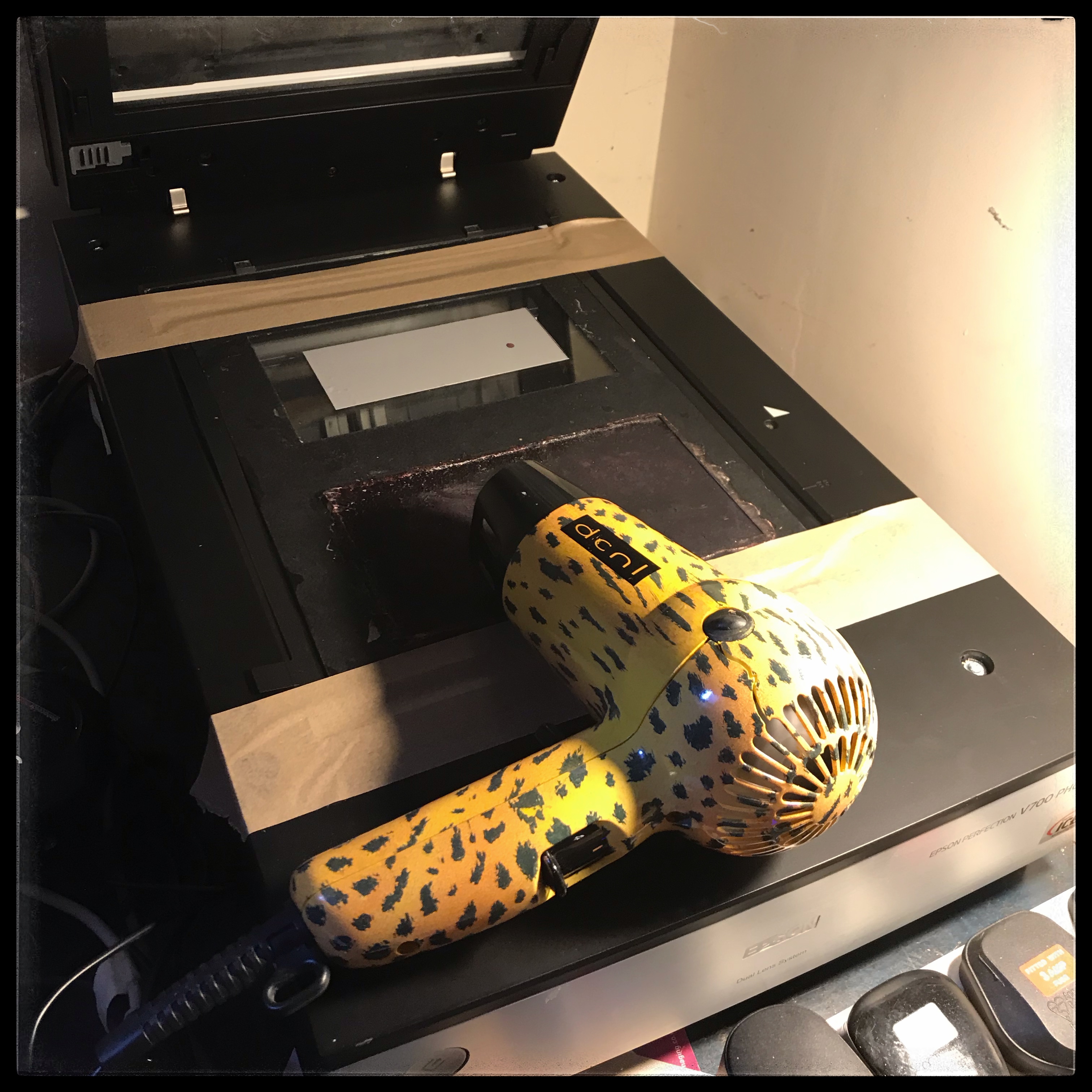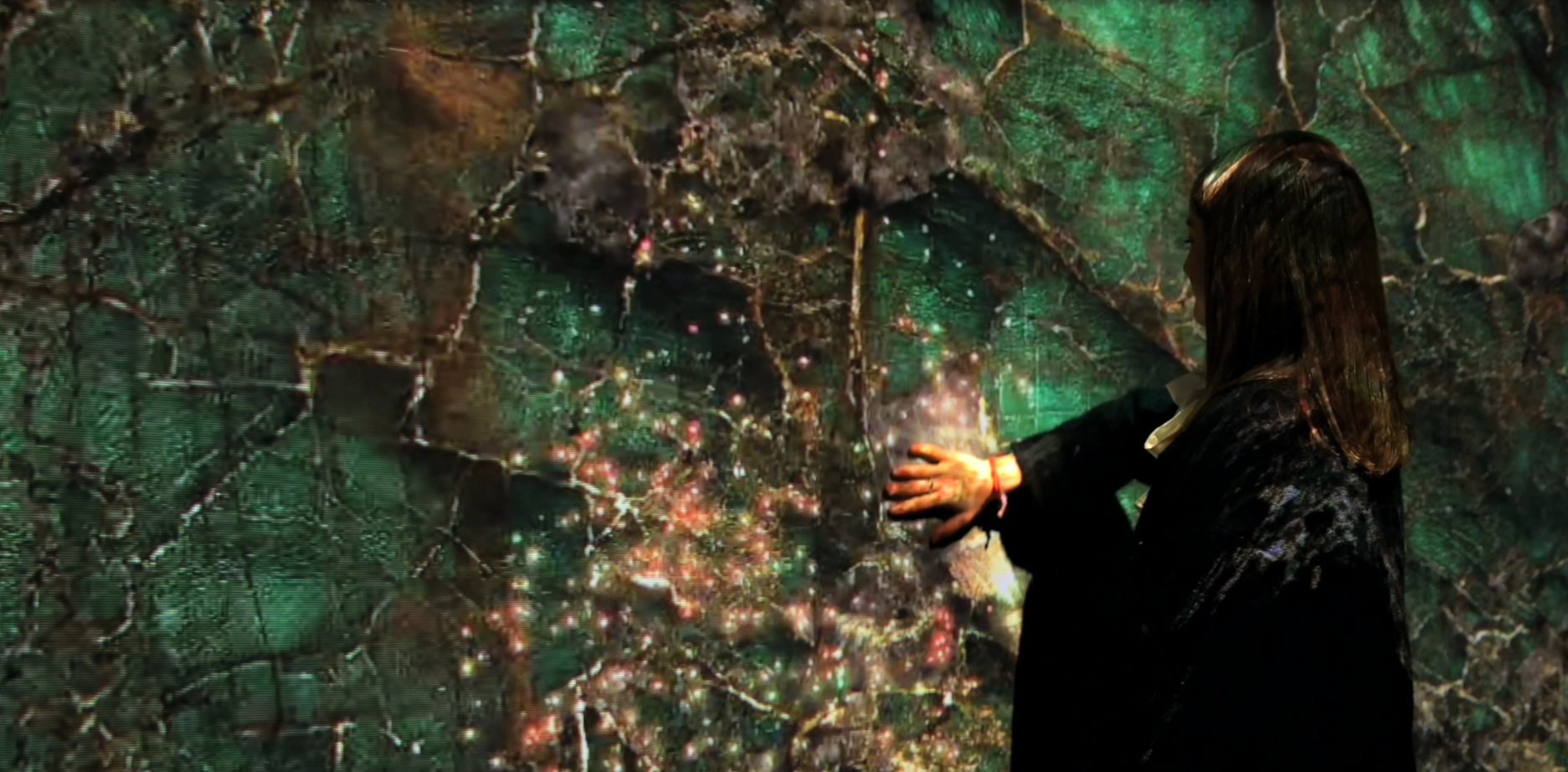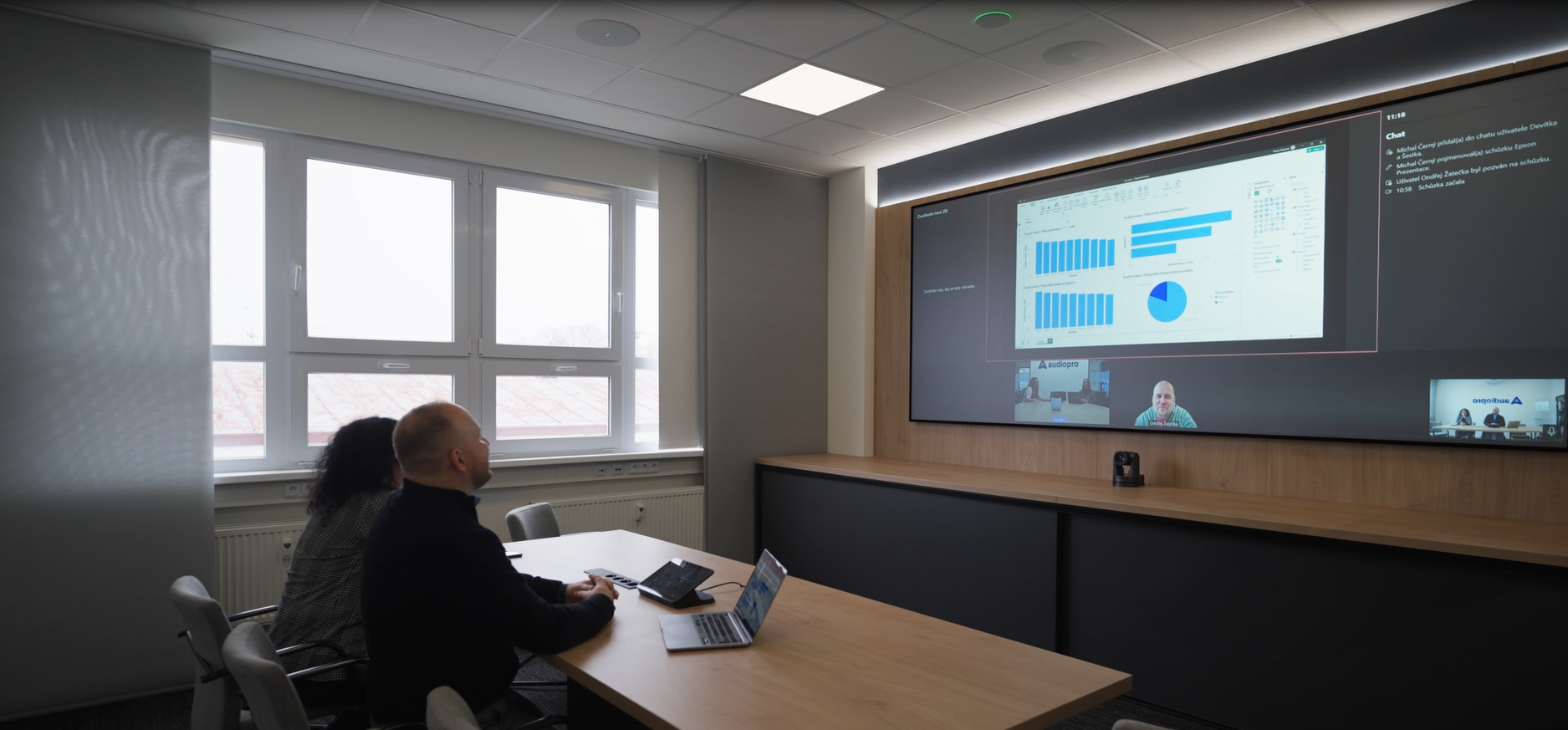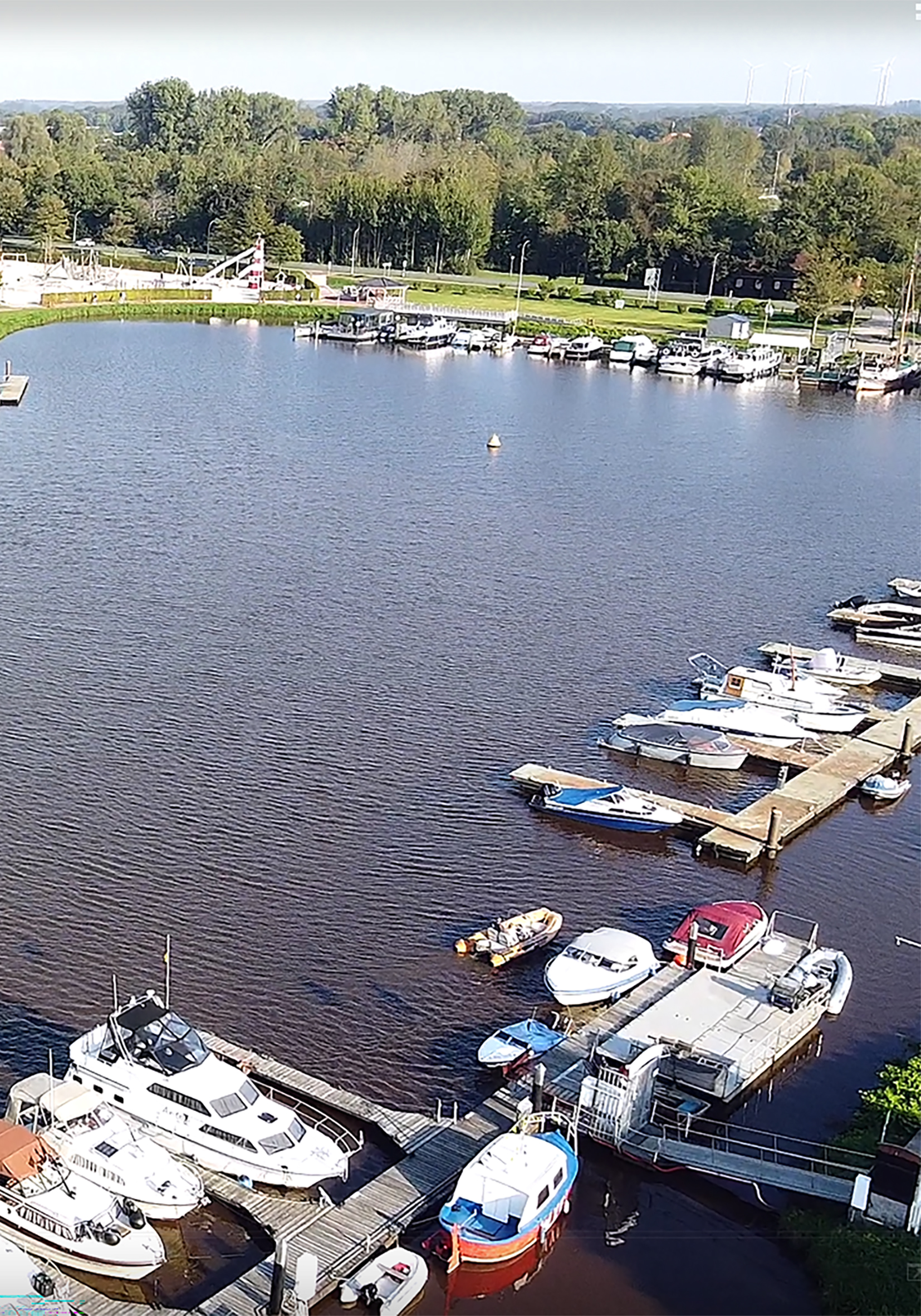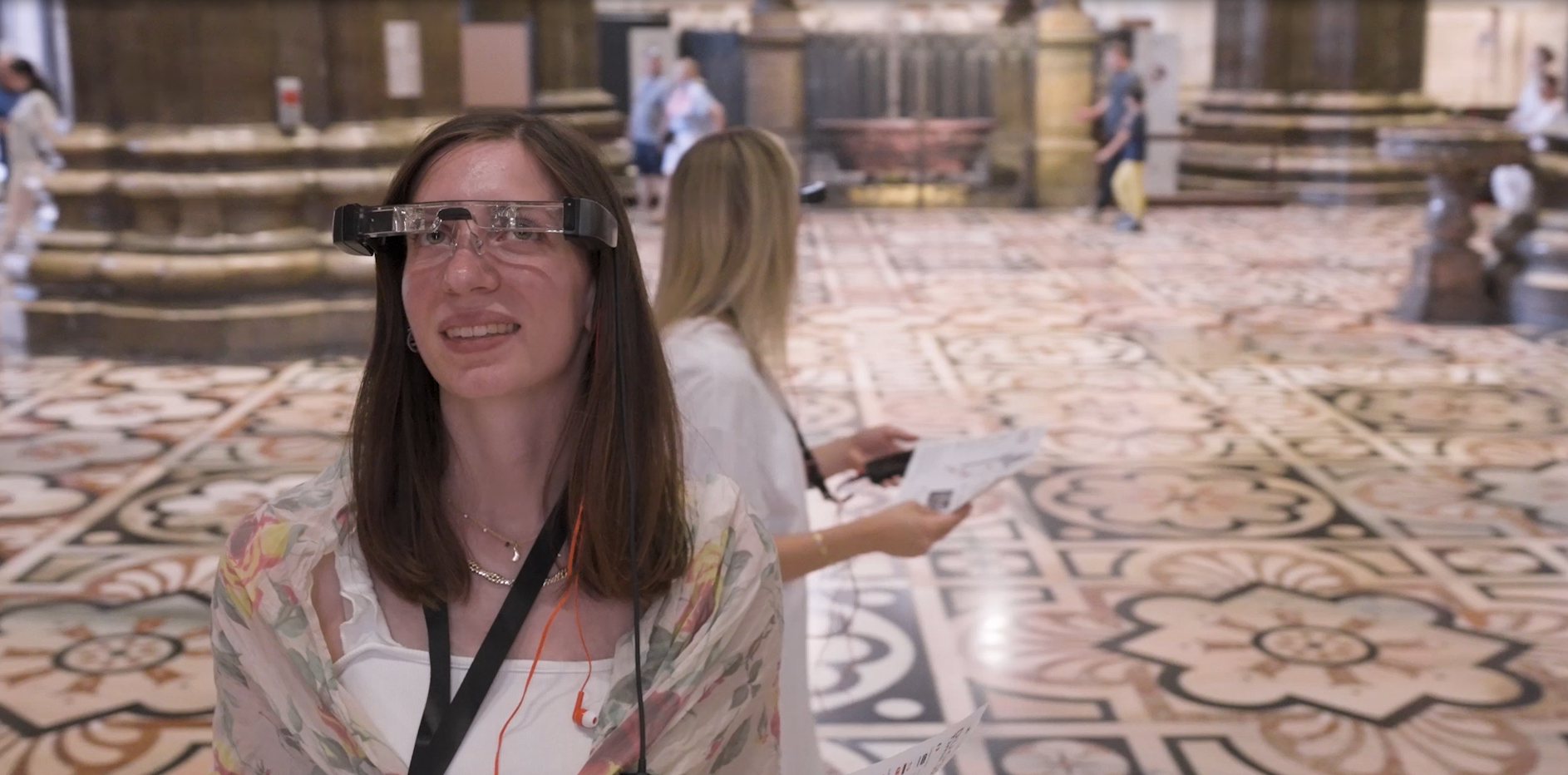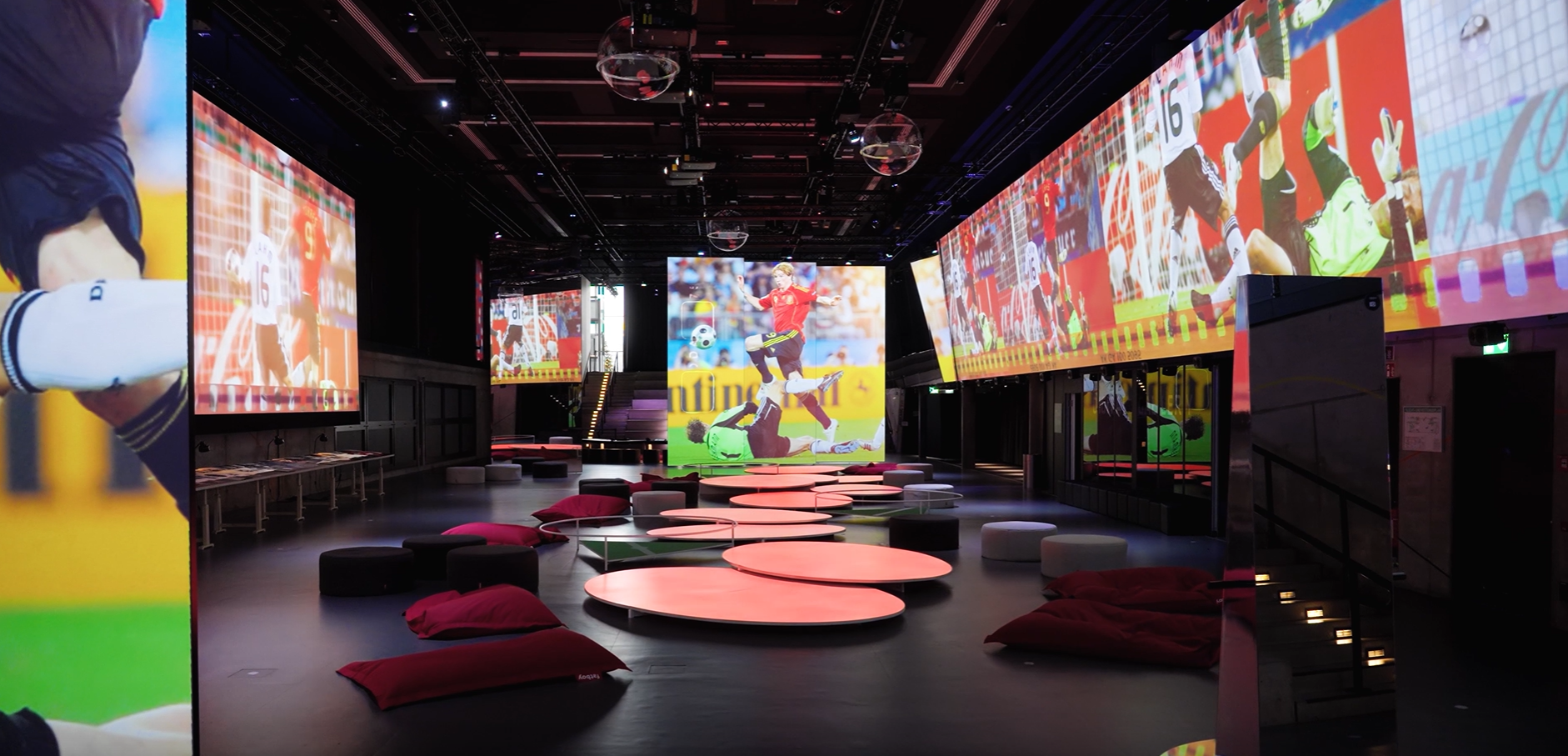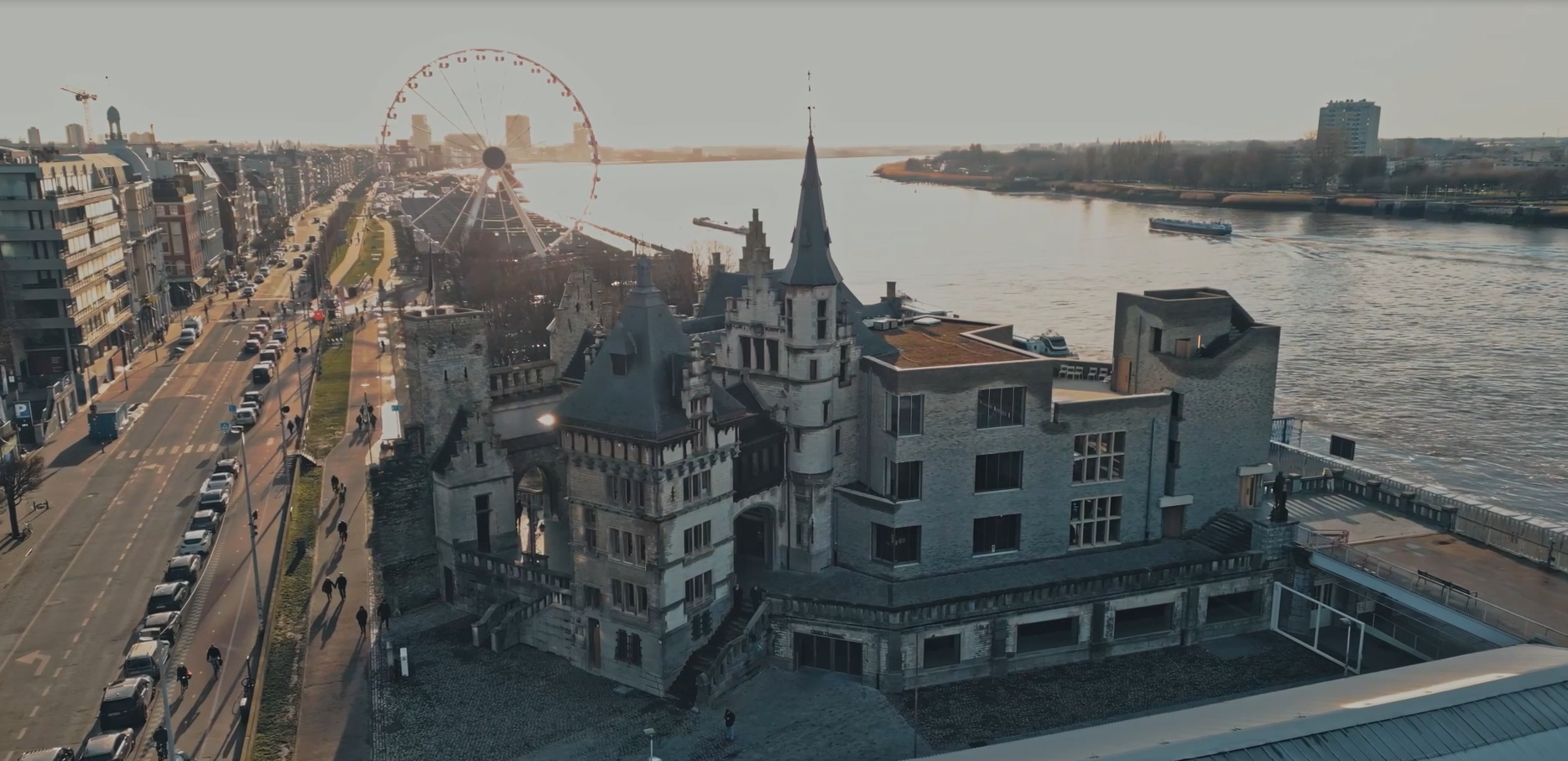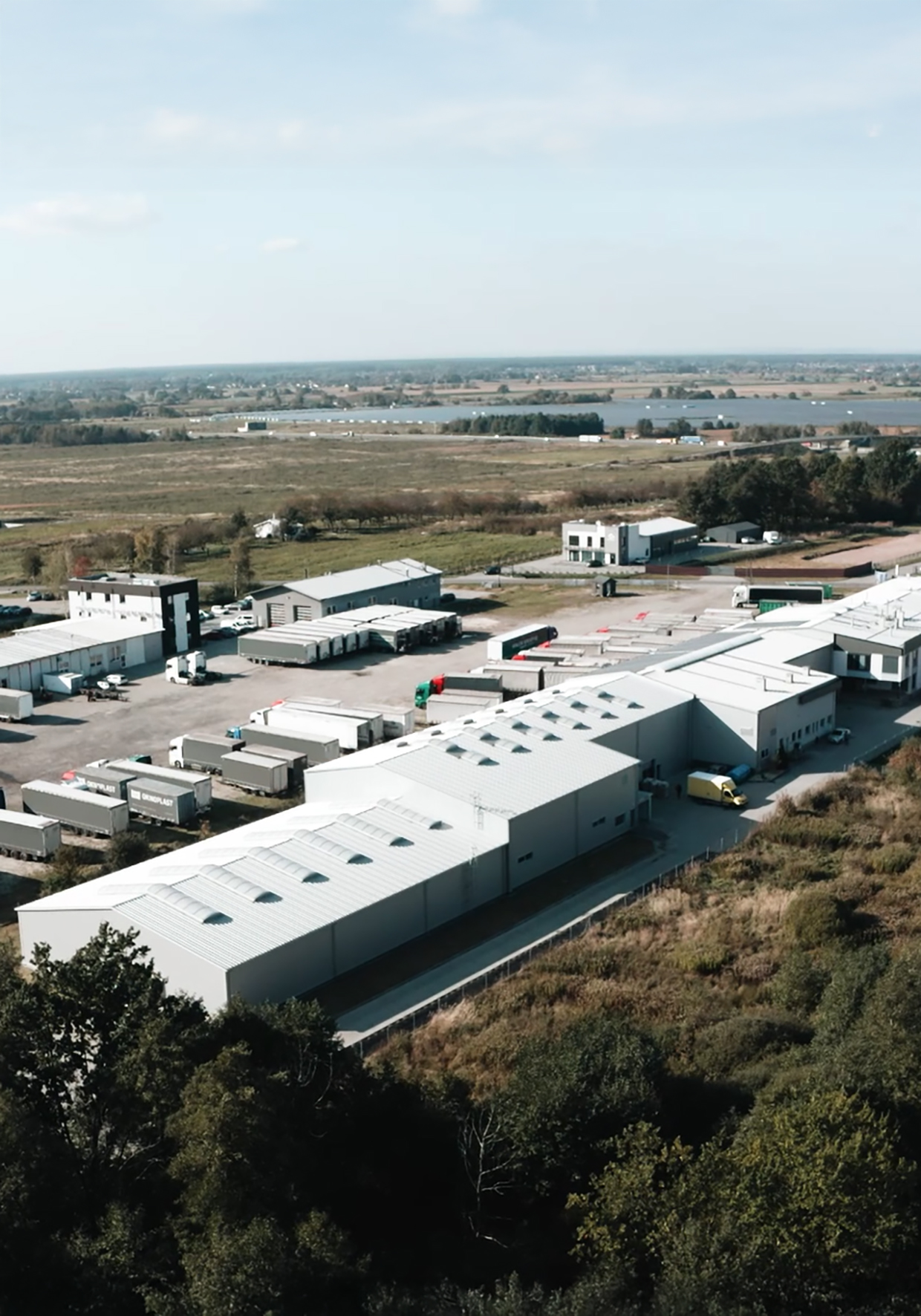Turning everyday objects into mesmeric images with the Epson V700 and V850
Paul Kenny is a celebrated British photographer who’s been creating and developing critically acclaimed artworks for over half a century.
His work centres on the theme of fragility and transience in the landscape, taking everyday objects and portraying them in new, unexpected ways through a variety of creative photographic techniques. The results are both unique and hauntingly beautiful, garnering praise from across the artistic spectrum. His work is collected internationally and is held in major public and private collections including Deutsche Bank, Goldman Sachs, the V and A, London, the National Photography Collection, Bradford, and the National Gallery of Scotland.
Technology has played a key role throughout Paul’s career, helping him evolve and express his artistic vision in a range of exciting ways over the years. Most notably, his willingness to embrace technology saw Paul switch his main photographic instrument from a conventional camera to a scanner in 2007, a pivotal moment from which he’s never looked back.
“I was at something of a crossroads in my career at the time,” explains Paul. “Despite building a reputation around my skills as a dark room printer, I was increasingly coming up against its limitations in my work, particularly regarding the scale of what I could produce. It was also clear that the digital revolution was coming. Forte Paper, my long-time sponsor, suddenly closed its doors and I knew a new creative direction was needed.”
At the time, Paul’s work was focussing on the creation of abstract compositions on small glass plates with objects found on beaches and crystallised sea water. He would cultivate each of these compositions over a number of weeks or months, adding new materials and water, before using the plates as if they were traditional negatives in a wet process darkroom. However, the fragility of the plates, combined with the labour-intensive nature of the darkroom, meant that each plate would only hold its integrity long enough to make a small number of prints before being knocked or damaged, rendering it unusable.
Fortunately, a chance demonstration of an Epson Perfection V700 digital scanner during a visit to his printer opened up a whole new world of possibilities to him.
“I was blown away by the sharp, crystal clarity of images and the depth of colour that the scanner could pick up, even on really large images,” says Paul. “I’d never seen anything like it before from digital technology. Until that moment I didn’t think that a scanner could ever surpass a camera and dark room, but in that moment my perspective completely changed.”
Paul quickly bought an Epson V700 of his own and started experimenting with it in a host of different ways, using plates and materials he had gathered from the beaches of Scotland, the west coast of Ireland, and near his home in Northumberland, UK.
“The nature of my work lent itself perfectly to digital scanning,” says Paul. “Not only could I light the glass plates from above and/or below, I could also scan off axis, at different angles, even upside down, all without damaging them. Once the images were created, I used Epson’s inbuilt scanning software to tweak things like colour and saturation, delivering end results that simply weren’t possible in the dark room.”
Paul has continued to hone his scanning techniques in the years since, creating incredible images, such as his critically acclaimed ‘Seaworks’ series, which has gone on to be displayed at galleries all over the world.
Recently, Paul switched from the Epson V700 to the new Epson V850 Pro, which features numerous upgrades over its predecessor. Most noticeable is Epson's ReadyScan LED light source, which has a warm-up time of less than one second, meaning scanning can start almost instantly.
“I’ve spent hundreds of hours of my life waiting for scanners to warm up,” says Paul. “Now with the V850 Pro, as soon as I turn it on it’s ready to start scanning, which really is lifechanging for me!”
The inclusion of 4.0 DMax optical density also means the V850 Pro can detect the exact tonal ranges of the original plates, making sure the brightest and darkest areas are accurately reproduced to reveal impressive detail and dynamic range.
Paul’s constant search for artistic growth has seen him start experimenting with a new hybrid style of animation in his work, which he describes as ‘moving stills’. To create them, he keeps the glass plate containing seawater and materials on his scanner throughout the entire creative process, scanning its evolution at regular intervals. Once complete, the still images are then stitched together to create one continuously evolving image. His first artwork of this nature, entitled Bun Na Spéire, has received universal acclaim for its ability to captivate and mesmerise audiences throughout its entire fifteen-minute play time.
“My Epson scanner is just a camera in another form at the end of the day,” concludes Paul. “But for me and the work I create, it is an incredible tool that allows me to achieve exactly what I want to achieve artistically, which is invaluable.”

